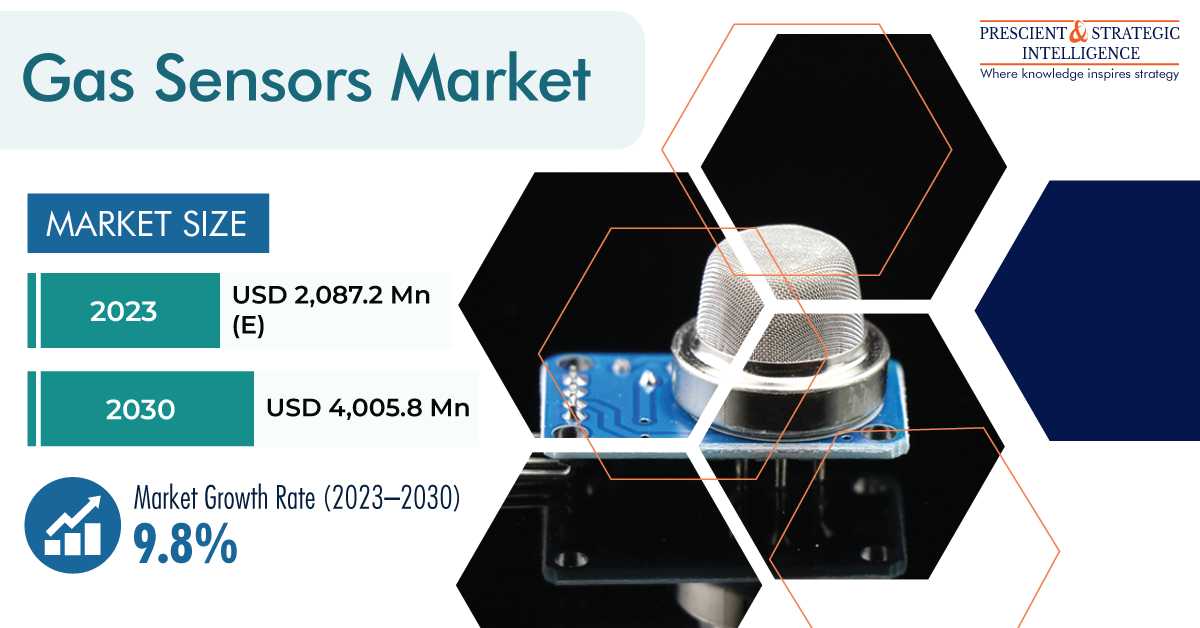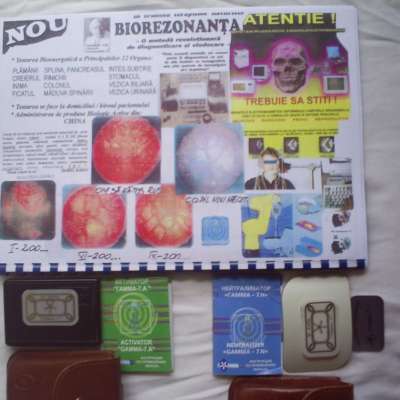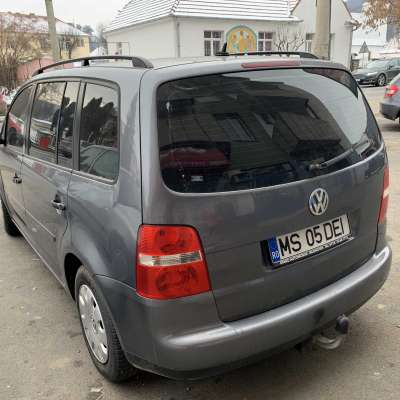Gas Sensors Market Competitive Landscape, Insights by Geography, and Growth Opportunity
The gas sensor market is estimated to touch USD 2,087.2 million in 2023, and it will reach USD 4,005.8 million, growing at a CAGR of 9.8%, by 2030.
The growth of this industry can be attributed to the incorporation of wireless connectivity, improvement in communication technologies, and miniaturization of these instruments, which permit them to detect toxic gases from a safe distance.
The pandemic of COVID-19 has had a positive impact on this industry, as the pandemic has resulted in the enormous necessity for oxygen for patients, making hospitals allocate oxygen thoughtfully, with proper tracking of their supply through centralized & bedside sensors.
Moreover, gas sensors were also widely utilized within oximeters by infected patients and also by uninfected or healthy patients who became more anxious regarding their levels of SpO2.
For Getting More Insights of This Report:-
https://www.psmarketresearch.c....om/market-analysis/g
Based on type, the CO2 sensors category led the gas sensor market. This can be attributed to the fact that these devices are commonly utilized for checking the quality of air in houses, office buildings, healthcare settings, or others, and also for trailing emissions in industrial and automotive applications.
Whereas, the infrared category will advance at the fastest rate in the years to come. This is because this technology can detect various gases, for instance, carbon monoxide, VOCs, and methane. Infrared sensors can also be utilized in checking the levels of oxygen in pulse oximeters or ventilators.
The industrial category, based on end users, led the industry. This is because this gas detectors are used to identify the emissions of toxic and trigger alarms, as a result of the guidelines of the government for safety in the workplace.
APAC accounted for the dominating share in the industry, because of the increasing consciousness of people regarding the danger of air pollution, surging expenditure on different projects for smart cities, and rapid urbanization. In addition, the mounting usage of gas sensors in vehicles also boosts the advancement of the regional industry.
It is because of the improvement in communication techs, miniaturization of these instruments, and incorporation of wireless connectivity, the gas sensor industry will continue to advance in the years to come.






